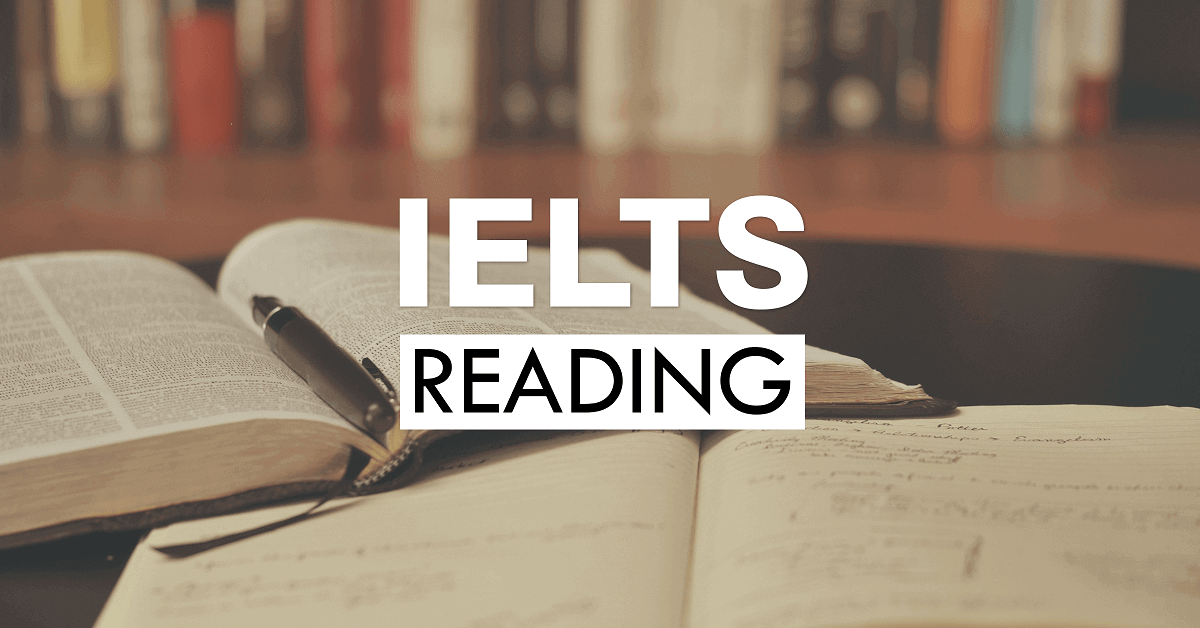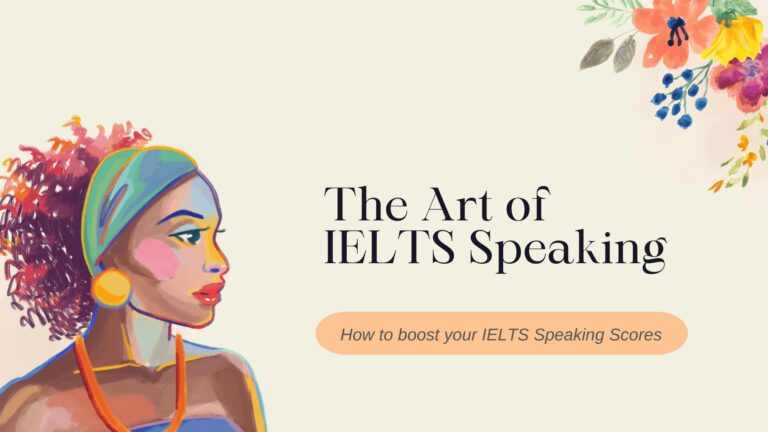Most students consider IELTS Reading a tough module, if not the toughest. Voxcel offers IELTS Coaching in Ludhiana and helps students improve their reading band scores.
Various reasons prevent students from achieving their dream IELTS reading scores. Many Ludhiana, Punjab students come to us to improve their reading scores. What we teach them will be discussed in detail.
Skim and Scan –
The term Skin and Scan in IELTS reading has been used extensively, and every Tom, Dick and Harry talks about it – but, again, most students don’t score their required band score in their exam. If it’s the right way to find the answer, why do countless students always get the wrong answers?
It’s a good way, but it has been ‘Misunderstood’ completely. Students focus mostly on reading each and everything or sometimes just on finding a particular word. But they don’t try to understand/ read the line in which that particular word is given. The ‘same word’ is often used in the passage, leading students to mark the wrong answer.
Here’s the trick. When you think you have found the right location, scrutinize your sentence and question. IELTS examiners love to trick their students, so not every student with less preparation can score the needed band score.
“If skim and scan were easy, IELTS reading average band score would be perfect 9.”
Matching words and not meaning –
It is the sole reason most students score low band scores in reading and consider the IELTS reading section a ghost. This problem is very common among the majority of low-band score learners.
This is mostly why students do poorly in the True/False/Not Given section. Students often try to match particular words of the question with paragraphs; if they can match most of the words, they write the answer according to their understanding.
The main reasons for this –
- Assuming
- Limited Vocabulary
- Not Reading the next line
This is an entirely wrong approach, as experts design IELTS reading to test your English understanding and your range of vocabulary. The IELTS examiners take around 2 years to prepare one IELTS reading module. This process maintains the difficulty level equally for all modules.
IELTS tests your level of English understanding, not just your speed of finding a particular word. Many students do not follow it and fail to score at least band 6 in academic reading and band 7+ in GT reading. Students usually fail to mark True/False/Not Given and fail to understand the process. The answer is simple – ‘Match meaning, not words.’
For Example:-
Paragraph – It is one of the biggest tragedies known to humans.
Question – It is the biggest tragedy known to humans.
So what’s your answer to this? True/False/Not Given
I hope you haven’t said TRUE because it is the wrong answer, and the problem lies here. You can match the entire question with the paragraph, but the question turns out to be ‘False’.
How?
To understand, read the question first. Most students just read it passively and assume the answer, which deduces their band score in the IELTS reading module. The question says that tragedy is the biggest known to humans. The ‘biggest’ implies that no other tragedy is above or even equal to it, and all other tragedies are below it.
However, the paragraph states that “it is one of the biggest tragedies,” meaning that there is more than one tragedy (hence tragedies—plural form) of the same magnitude. It means two or more (numbers don’t matter here) are on the same level, which contradicts the question. So, the answer comes out to be ‘False’.
Let’s take other examples:-
Paragraph– Dogs have four legs.
Question – Dogs have four thin legs.
______________________________________
Paragraph – Dogs have four thin legs.
Question – Dogs are four-legged animals.
Take your time to mark before reading the passage further.
I hope you have marked your answers before checking them.
The answer to the first question is ‘NOT GIVEN’, and the second answer is ‘True.’
Have you guessed both answers correctly? If not, don’t worry; I’ll explain them as well.
For the first question, the paragraph states, “Dogs have four legs,” the question asks you to verify that “Dogs have four thin legs.”
Notice a difference? Maybe try again? Oh, yes, it’s the word ‘thin’.
You can’t judge if the dogs have thin or thick legs if you read the paragraph. Hence, the answer comes out ‘Not Given’.
Remember, ‘Not Given’ combines two words: Not + Given, where ‘Given’ implies some question information will be found in the paragraph, and Not signifies that you can’t verify some information from the paragraph test. It can be one word, but it is Not Given if you can’t verify it. Just don’t assume.
Never Assume –
This is the most common and probably the biggest mistake students make while attempting the reading module. They try to assume the things to complete the sentence per their understanding.
But this approach is completely wrong.
Remember that this is a language test, not a General Knowledge test, so anything you know about the topic is irrelevant.
Every question has to be attempted in the paragraph. Remember that anything and everything given in the paragraph is the truth for that section, and anything not mentioned should not be assumed.
For example – If the author says that the dog meows in the paragraph, you have to accept it; although we know that dogs bark, whatever the author says should be considered the ultimate truth, and your answers to the questions should be solely based on it.
Not Reading Further –
You must have heard or experienced that the reading was easy, but you did not get the band score you hoped for.
It happens frequently. Believe me, even students with band 9 in other modules can’t score 7 in the General Training module.
Most students wonder why. But have you ever assessed the real problem? What can be the real possible reason for this? You may be surprised as pupils’ most frequent mistake is NOT READING THE NEXT LINE.
When they think they have found the answer, many students quickly select that option and do not read the next sentence. Frequently, what happens is that the next line, they change the answer.
For cite: The search first revealed that fossils were found in 1700. However, later, it was established that they were discovered in 1702.
Question – The fossils were first found in ______.
If you have filled in 1700, your answer is incorrect. The correct answer is 1702. 1700 would have been correct if the sentence or paragraph would have ended at ‘1700’. But the next line changed the answer. This is how students lose precious marks. This is not limited to blanks but also all other types of questions.
Paragraph – Researchers believed that the presence of these creatures was harmful to the forests. But the new findings revealed that the existence of these was, in fact, essential for the survival of the forests.
Question – The presence of the creature was ____ for the forests.
If you answered ‘harmful,’ I’m sorry, but your answer is wrong. The correct option is ‘Essential.’
This is the mistake I am talking about. More often than not, we put the first word we find in the answer and don’t even bother to read the next line.
In the first sentence, it is written that their presence is harmful, but in the very next sentence, they contradict this view and write that their existence is, in fact, ‘essential’.
If you read carefully, you can easily understand that they have placed more emphasis on it in the second sentence, hence the answer.
Limited Vocabulary –
Limited vocabulary jeopardises your chances of scoring high band or the band score you require. Does this mean you must cram different and difficult words to enhance your skill? The answer is a big No. You don’t need to memorize words, but you must increase your vocabulary of common words in your familiar language.
For Example – Words like sceptical/skeptical, subtle, naive, etcetera may look difficult to you; however, they are commonly used in English conversation.
So, the question arises: How can you increase your vocabulary? Is there any particular dictionary from where you can read all the words?
I hate to say it, but the answer is ‘No’. The best way to do this is to surround yourself in an English environment, which means reading English newspapers, listening to English songs, and watching English movies. This will help you easily learn common vocabulary that you may have known previously.
You will learn and keep entertained by listening to songs and watching movies.
Click here to read how English movies can help you score high in IELTS bands on the exam.
This doesn’t imply only fill-ups; it can be used in every type of question.
Let’s take some examples and see how it works for True/False/Not Given type questions.
Question – The presence of creatures is essential for the well-being of forests.
The answer is ‘True’.
The logic behind this is the same as previously told. You need to read the adjacent line as well. I am not saying that every answer will be like this, but there is a good chance that IELTS can use this tick or type.
“Reading module checks your vocabulary. If you don’t understand the meaning of a particular word, try reading the sentence(s) and understand the context. In short, don’t expect to understand every word.”
Even if one question comes in the exam and you get it wrong, it can lower your overall band score.
Hence, to avoid this situation, you must make a habit of reading the next line. It won’t take too long and will increase your chances of getting a high band score.
Multiple Choice Questions –
This often confuses students; in their confusion, they mark the wrong option and lose precious numbers.
So, why does the confusion arise?
The main confusion comes when students can eliminate 2 out of 4 options. The remaining 2 options perplex them because they find the information given in the paragraph in the remaining two options, so they cannot decide which option to choose. It is not as tough as it sounds; you must calm down and read the options and text carefully.
For cite:-
Paragraph – These birds migrate to the North-West part of Russia during their migratory season.
Question – In which direction do birds migrate?
- A- To the North of Russia
- B- To the South of Russia
- C- In a particular direction
- D- Towards their habitat
Here, the ‘B’ and ‘D’ options can be omitted straight away, as in ‘B’, wrong information is given, and the ‘D’ option has not been discussed. We have only two options: ‘A’ and ‘C’.
If you have marked ‘A’ as your option, you are sure to lose your mark because in option ‘A’ they have given ‘North of Russia’, but in the paragraph, it is written ‘North-West part of Russia’, so wrong direction is given, as we know North and North West are two different directions.
Hence, the answer is ‘C’. If you are confused, we will explain how ‘C’ is the answer.
Analyze all the options and reread the question carefully. Use critical thinking and observation rather than assumptions. The IELTS reading module tests your vocabulary and understanding of the written context.
In ‘C’, it is written ‘a particular direction’, so North West, though not directly given, is still a specific direction; hence, the answer.
The following methods can solve MCQs
- Elimination method—It is one method of solving the question. Sometimes, the question has an option that is not given in the paragraph, but the other 2 or 3 can be cancelled out.
For Example, Tom invited 3 persons to the party: Tim, Nick, and Jimmy. But then, he added 2 more names to the original list.
Question – Which person was not invited to the party?
- A- Tim
- B- Jack
- C- Jimmy
- D- Nick
The answer to the above question is ‘B’. Many of you would’ve doubted that ‘B’ is the answer, as Jack is not even mentioned in the paragraph. To answer your query, the question asks which person is not invited. From the paragraph, we can see Tim, Jimmy, and Nick are invited, leaving us with only one option, i.e. Jack; hence, the answer.
Question – How many persons were invited?
- A- 2
- B- 3
- C- 4
- D- 5
The answer is ‘D’. Tom invited 3, and then 2 ‘more’ were added, bringing the total to 5.
Let’s try even harder now. Read the question and the context carefully.
Question – How many persons were initially invited?
- A- 5
- B- 3
- C- 2
- D- 1
Here, your answer is going to be ‘B’. Tom initially invited 3 and then added 2 more people to the invitation list. The question asked about the number of people invited before adding extra people to the list; hence, the ‘B’ answer.
- Another can be the half-information questions. You will have one or two options containing half of the paragraph’s information in these questions. Still confused? Let’s see the example.
Paragraph – Migratory birds often fly over the ocean and cover the long-distance journey to the northeast of the Pacific.
Question – In which direction do the birds move?
- A- South of the Pacific
- B- North of the Ocean
- C- In a particular direction
- D- East of the Pacific
Have you guys picked your answer?
The answer is ‘C’.
If you selected it, well done, but if you didn’t, don’t worry.
This question contains half of the information. For example, in options ‘B’ and ‘D’, the directions are given but not complete. In ‘B’, they have given north, and in ‘D’, they have given east; however, in a paragraph, the given direction is North-East.
You must be wondering why ‘C’ is the answer. Well, in ‘C’, although they haven’t directly mentioned the direction, they have said a particular direction, and North East is where birds fly; hence, the answer.
Note—We hope the post will help you improve your scores in the IELTS Reading module. If you want to take IELTS reading Practice tests, we’ve got your back. Click here to assess them online.
Voxcel aims to impart not only world-class IELTS coaching but also we look forward to develop the overall personality of our students.




